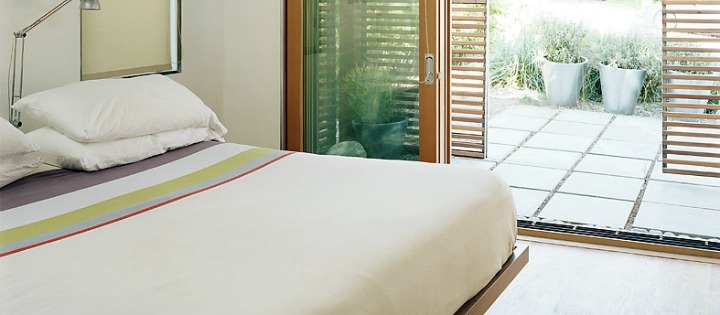Reduce Stress: How to Create a Relaxation Space in Your Home
But the modern family can’t afford therapy, especially for stress that doesn’t qualify as a mental health disorder, and drugs should be a last resort. That’s why creating a relaxation space in the home can be a useful endeavour. By developing a space that’s designed specifically for relaxation, you, as a mother, can sit back and let your stress melt away for a while before getting back to your role in the household.
Characteristics of a Relaxation Room
Any room you use for relaxation can only be used for relaxation. That means you cannot use the room as a study, or as a workspace, or as a play area. It needs to be used solely as a way to reduce your stress after a long day, otherwise you risk associating the room with stressful events that may take place in there. The room should include:

- No Technology — Your room must be free of technology. That means no computer, no phones, no mp3 players, etc. Technology itself does not necessarily cause stress, but it does excite the brain which, in turn, makes it more difficult to reduce stress.
- Calming Noise — The one exception to the technology rule (besides a lamp) is something that creates ambient noise, like a small machine that emits the sounds of a rainforest or drips of water. This noise can drown out any of the street or household noises without otherwise exciting your mind.
- Lock — No one should be able to disturb you while you’re in the room. If someone needs you, and no one else can handle it, then you should have to leave your room in order to help them. You don’t want the relaxation room to be associated with anything stressful, and preventing unwanted access is an important part of that goal. You should also consider soundproofing if possible.
- Soft Furniture — Any and all furniture in the room needs to be soft. You’re not sleeping in this room, so even if you prefer a firm mattress, you should generally be looking for furniture that will produce no physical stress on your body. Physical stress and mental stress are innately linked.
- Free of Clutter — This room should also be free of anything that could reduce your focus on relaxation. That means it should have no paperwork, no pictures on the wall, no stuff on the floor — nothing that can distract you from your goal of relaxing.
Building this room will give you a sanctuary that you can turn to for an hour or so every day. Spending that time free of stress and distractions will cut back on the stress you experience during your daily life, so that you can be a more psychologically healthy person for yourself and your family.

